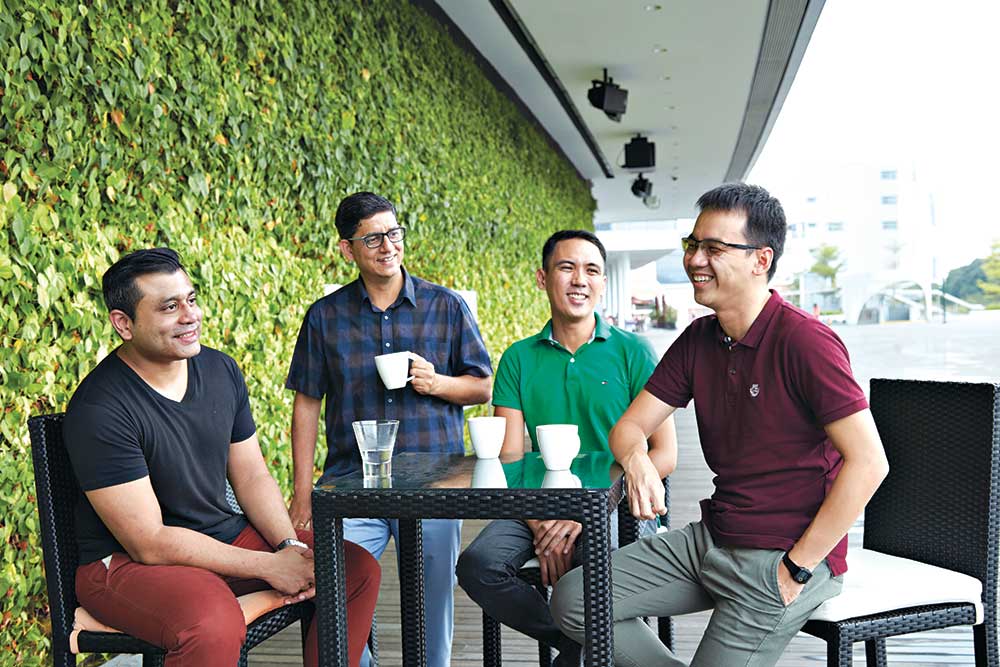Going car-lite is part of the Sustainable Singapore Blueprint unveiled in 2015. The Blueprint detailed a 15-year plan for the Republic to reduce its reliance on cars and move towards public transport, cycling, walking and carsharing services, by expanding the rail transport network and infrastructure to promote safe cycling, as well as piloting an electric car-sharing scheme

Do you think our transportation system is reliable and efficient enough to present a compelling reason for motorists to give up their cars?
AJAY: Taking public transport is definitely tedious. The first and last mile problem is real – there are plenty of inefficient pockets along the way such as waiting or transition times, especially if you need to take a bus to get on the train. Perhaps there should be more MRT stations in one housing estate. That being said, our MRT network has become more comprehensive over the years. The pooling services provided by Grab and Uber have also helped with connectivity as we travel with passengers whose destinations are along the same route.
CHEE KIAN: But isn’t the delay when you “pool” very substantial? I’ve heard it can take an hour more than taking the usual Grab/Uber!
AJAY: Sometimes, yes, but I think those incidences are few and far between!
MAIYAZ: I think our transportation system is good, but not without problems. Train delays and breakdowns have certainly affected reliability of public transport. And even when it does come on time, sometimes I can’t get on board because the train cars are just too full. During peak hours, it can take up to 30 minutes of waiting time before I can get on. That makes the experience quite frustrating.
JOSEPH: Having lived in Hong Kong and Manila, I think that Singapore’s public transport system is far superior. There are even apps to tell you when precisely the buses will arrive. So we can certainly depend on public transport — we just have to plan the journey and time accordingly to cut down the wait. It works fine for me.
What more can be done to make people aware that cars are not the be-all and endall mode of transport?
JOSEPH: When I returned to Singapore earlier this year, I discovered that the bike-sharing initiative has really taken off. For me, it’s a game-changer. I love cycling, so I’m absolutely on-board, and have been cycling to MRT stations. It has simplified my commuting experience. But of course, doing this might require you to have a shower before you start your work day!
CHEE KIAN: The laws have made it possible for a shared path, allowing people to use personal mobility devices (PMDs) or bikes on the pavement. Therefore, these alternative modes of connection are now more viable. However, you have to content yourself with the weather. As Joseph mentioned — your workplace needs to have shower facilities, or even an area to park your PMD securely, in order to accommodate this move towards a car-lite society.
AJAY: Social problems are always complex; there’s no one solution that can resolve them. To me, leadership has to play a role for this mindset shift to happen more swiftly. The people we look up to or respect at work, and leaders in government and business should set the standard and be role models for using public transport. Change sometimes should start from the top.